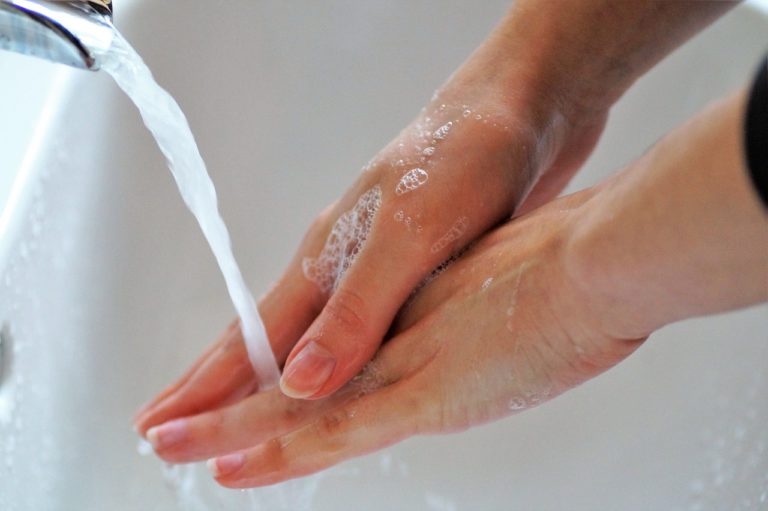Guide to Treating Tap Water for Drinking
There are several techniques for treating tap water for safe drinking, including boiling, distilling, chemical disinfection, filtration, or a combination of these methods. Many communities also have municipal treatment plants that use chlorine and other chemicals to make tap water safe to drink.
Reverse Osmosis
Reverse osmosis is a form of water filtration that pushes water through a membrane, trapping particles and impurities while allowing clean and safe drinking water to pass through. This type of home water filter system is the most effective at removing contaminants like heavy minerals, parasites, bacteria, pharmaceuticals, and more. It requires few replacements or additional components and can last up to five years.
Carbon Filters
Carbon filters are one of the most common types of home water filtration systems on the market and are also highly effective for cleaning tap water from organic compounds like chlorine and sediment to improve taste. They are frequently made of activated carbon in granular or block form, which traps contaminants as they pass through it.Carbon filters should be replaced every 6–12 months for optimal performance.
Diatomaceous earth filters
Diatomaceous earth (DE) filters use diatom-filled media to catch microscopic particulates from the water supply and trap them in the DE filter housing. These filters need to be changed often (usually every 3 months), because they can get clogged with dirt and debris if they aren’t taken care of.
Ultraviolet water filters
Ultraviolet (UV) light systems comprise a chamber filled with UV light bulbs that emit ultraviolet rays into the flowing water stream, killing organisms such as viruses, bacteria, protozoa, cysts, and other living microorganisms that could be hazardous when ingested or come into contact with the skin or eyes after showering, bathing, or washing dishes or clothes with contaminated tap water.
Sediment Filters
Sediment filters are typically used to remove solid debris from tap water before it is passed through an additional filtering stage like reverse osmosis or carbon treatment for total contaminant removal. Sediment filters work by pushing incoming tap water through a polypropylene mesh cartridge, which traps sediments like dirt, rust particles, and sand in multiple layers so only purified drinking water can flow out into your house plumbing system or storage container post-filtering. It’s recommended that sediment filters be changed after 2–6 months, depending on their rated capacity, or else they will lose their ability to capture contaminants efficiently due to clogging media materials as they become saturated with debris over time and usage cycles.
Calcite Neutralizers
Calcite neutralizers are pH balance systems designed for acidic waters, where pH levels frequently fall below the acceptable range for safe drinking. The primary function of these devices is to add calcium carbonate back into household supplies that have been dissolved in acidified tap water, thereby raising their pH back up to acceptable levels for healthy personal hygiene, while the taste is still pleasing enough to satisfy palatability satisfaction after household treatments.
Ion Exchange Filter Systems
Ion Exchange Filter Systems employ ion resins loaded in ion exchange tanks that, upon initiating, pass incoming flowing waters over them so that harmful ions present within those streams are removed because those resin media attract unfavorable ions carrying out negative charges into their molecular weak points, exposing them to adsorptive removal processes while rejecting beneficial ones, letting those positively charged ions slip by unscathed during those same operations.







